Nobody should be mean to others.
Responding with attention, kindness and understanding to kids who hurt kids does not come naturally to very many people, especially when the kids being hurt appear to need our efforts much more. But parents and teachers can help bullies change, improving their lives and the lives of the children they would otherwise hurt.
These coloring pages are adapted from the material at StopBullying.gov and you should go there for additional help. You can download them individually from this page or download the entire anti-bullying coloring book here.
1. “Stop and think before you say or do something that could hurt someone.”
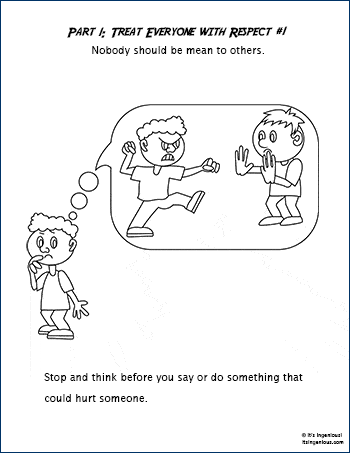
Children often feel big emotions and don’t always understand how to express them. They may not intend to hurt others, but it sometimes happens.
One skill you can teach a child who has bullied, is to intentionally take a pause instead of acting out.
Deep breathing is one technique to teach, and one that many children learn easily. It’s calming and can help them regain control.
Have them close their eyes, breathe in while counting to five, and then breathe out while counting to five.
2: “If you feel like being mean to someone, find something else to do. Play a game, watch TV, or talk to a friend.”

3: “Talk to an adult you trust. They can help you find ways to be nicer to others.”

It’s important for children to know who to turn to when they’re in trouble, and bullying puts every child involved at risk. You can begin to help children by making a list of adults that they can turn to when hurt, upset, concerned, or when they just need a little guidance. Then suggest or role-play ways to communicate their feelings so that adults will understand.
4: “Keep in mind that everyone is different. Not better or worse. Just different.”

Celebrating diversity and striving for inclusion helps children understand that everyone is unique and that differences are gifts to share rather than obstacles to defend against or to attack.
While there are no quick and easy ways to open children’s minds, there are things that teachers and parents can do to help them.
A class or family could learn American Sign Language to communicate with a child who has hearing loss. Or celebrate diversity by learning about new cultures every month.
Approaching diversity In a more general way, parents and teachers can fill their homes and classrooms with books, music, media programs and artwork that represent a variety of abilities, cultures and family types. When children are exposed to different types of people from an early age, they learn to see differences as normal.
5. “If you think you have bullied someone in the past, apologize. Everyone feels better.”

It can be difficult to admit being wrong when we hurt others. As a teacher or parent, you can help a child who has done something hurtful by showing them how to apologize and make things right.
Sometimes, it’s easiest to learn this by writing a letter, or for younger children, drawing a picture.
Children may need to learn from you what an apology actually is, how to deliver it, and how to respond when an apology is or isn’t accepted.



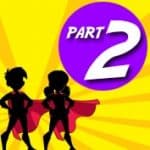
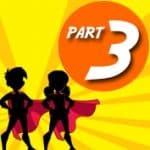
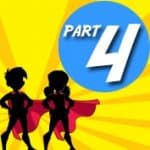
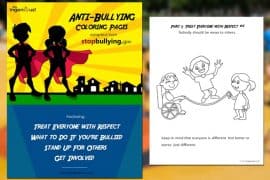
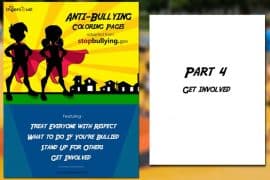
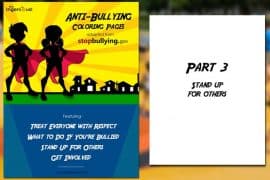
Comments are closed.